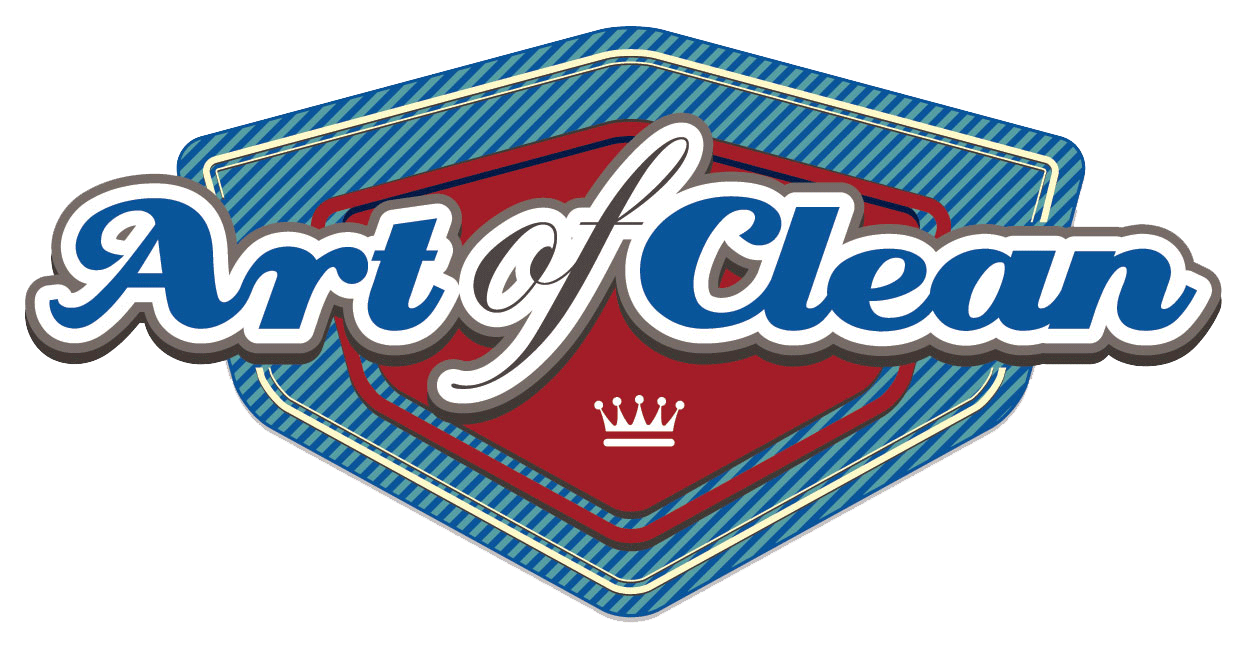Wool - The king of natural fibres
- starlaurence
- Jan 12, 2018
- 2 min read
Wool is a natural fibre, which is mainly obtained from sheep and certain other animals, including cashmere and mohair from goats, qiviut from muskoxen and angora from rabbits.

The main way wool is taken from the sheep is by shearing.
The process doesn't usually hurt the sheep but requires a lot of skill and physical strength on behalf of the shearer, so the sheep is shorn efficiently without causing cuts or injury.
Sheep need to be clipped annually to protect the health of the animal.
Sheep need to be clipped annually to protect the health of the animal. Clipping or shearing is sometimes compared to getting a haircut, but with a big hulking wriggling sheep, so I think that is where the similarities end.
80% of the world's wool use goes into the manufacture of garments.
The history of sheep and goats being sheared for their wool dates back as early as 6000 BC. In 1570 a Verulam carpet was made for Elizabeth 1st and ten years later in 1580 an Aubusson carpet centre is set up in Beauvoir, France.
Wool isn't just used for carpets and rugs. It's an interesting fact that 80% of the world's wool use goes into the manufacture of garments, such as jumpers, hats and coats, leaving 20% being used for some surprising uses as wool is an extremely versatile fibre.
What are the benefits of using wool?
People have been utilising wool for thousands of years for decorative and functional purposes. The unique selling point of wool is it is durable, flexible and water resistant.
Wool also comes in varying grades of fibre from extremely soft fibres which are suitable to use against the skin to more coarse fibres which are more suited to tasks such as stuffing and insulating. As there are many different ways of using wool, it ensures that very little is wasted.






















Comments